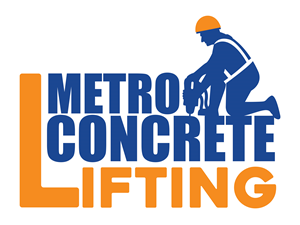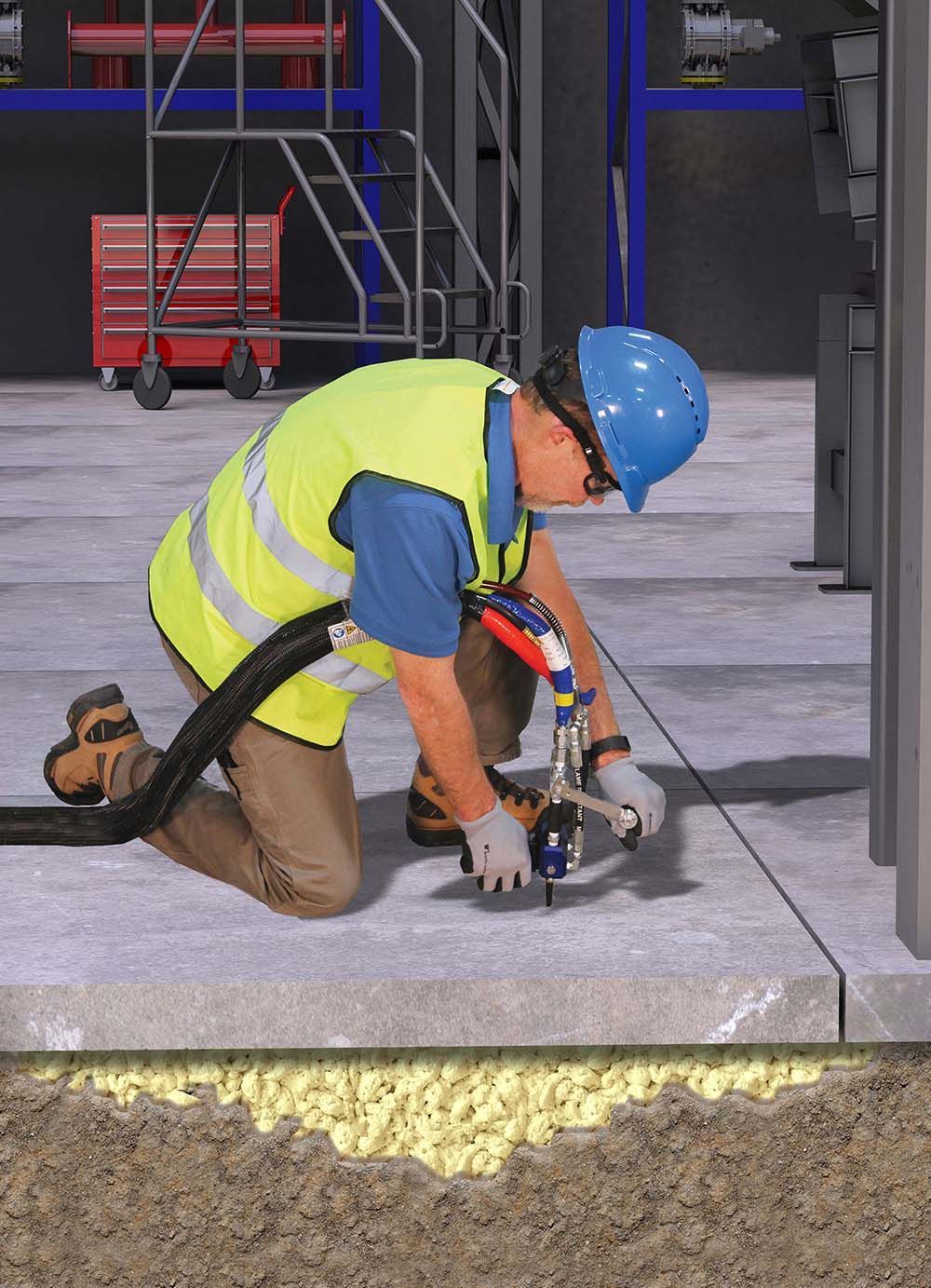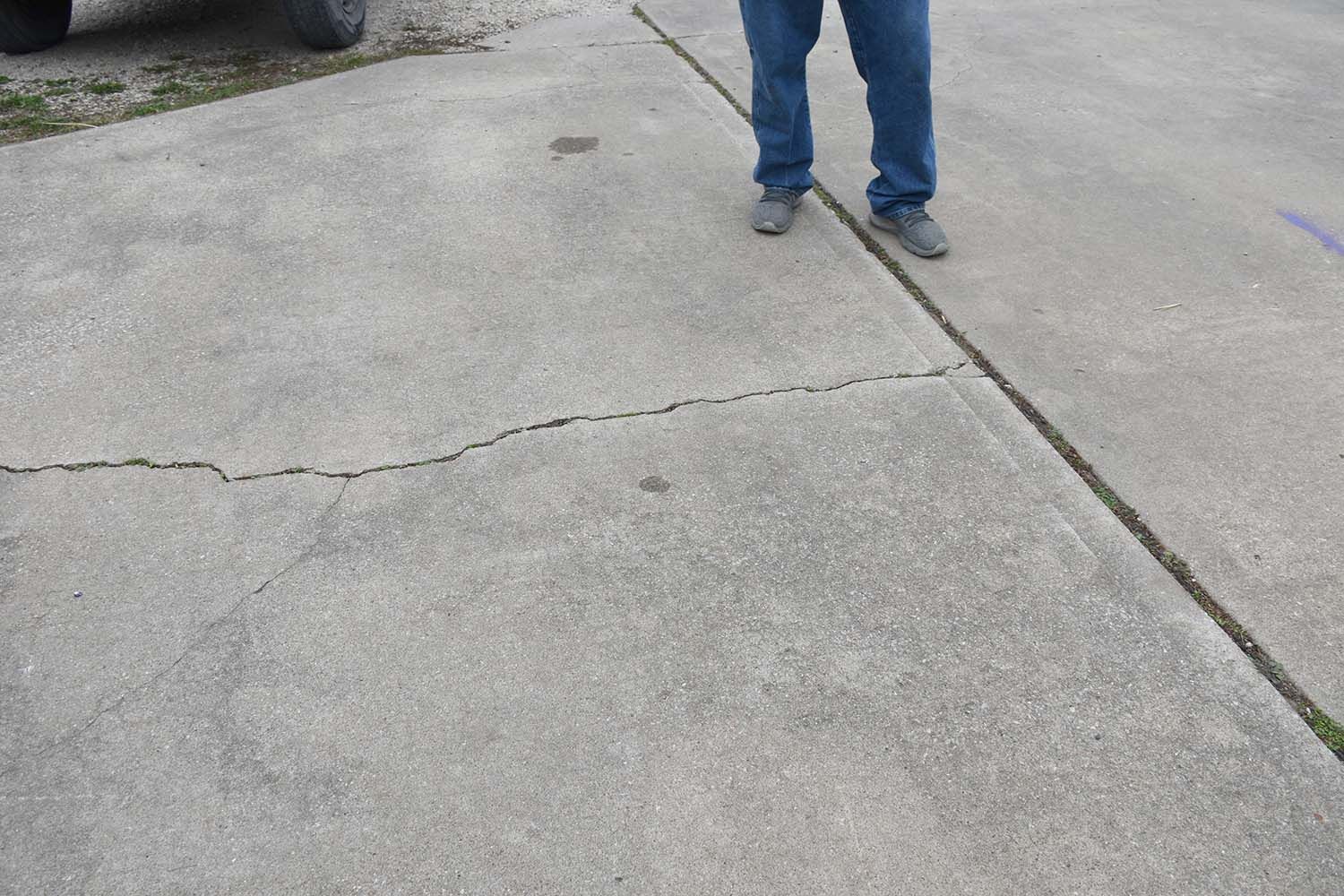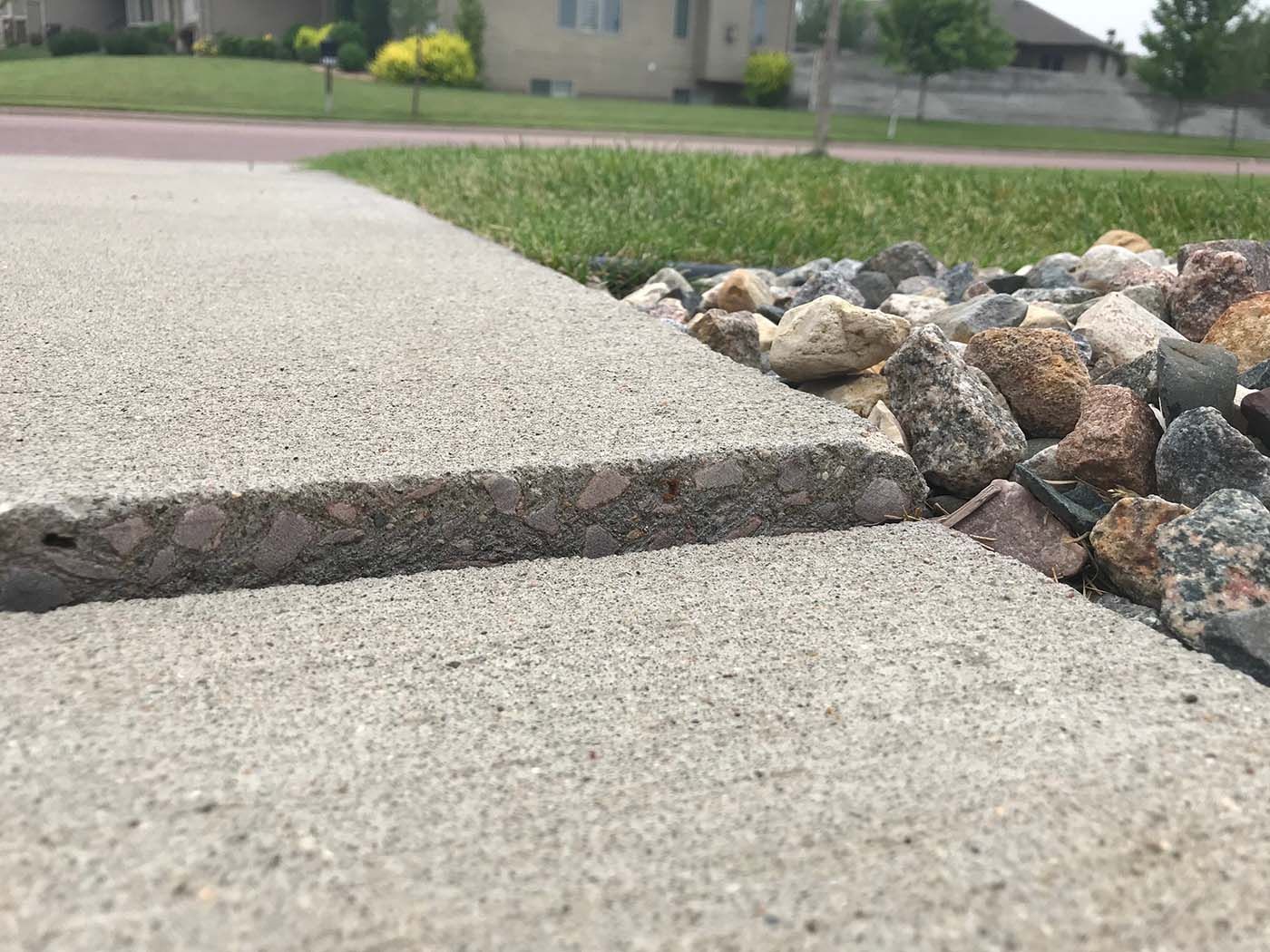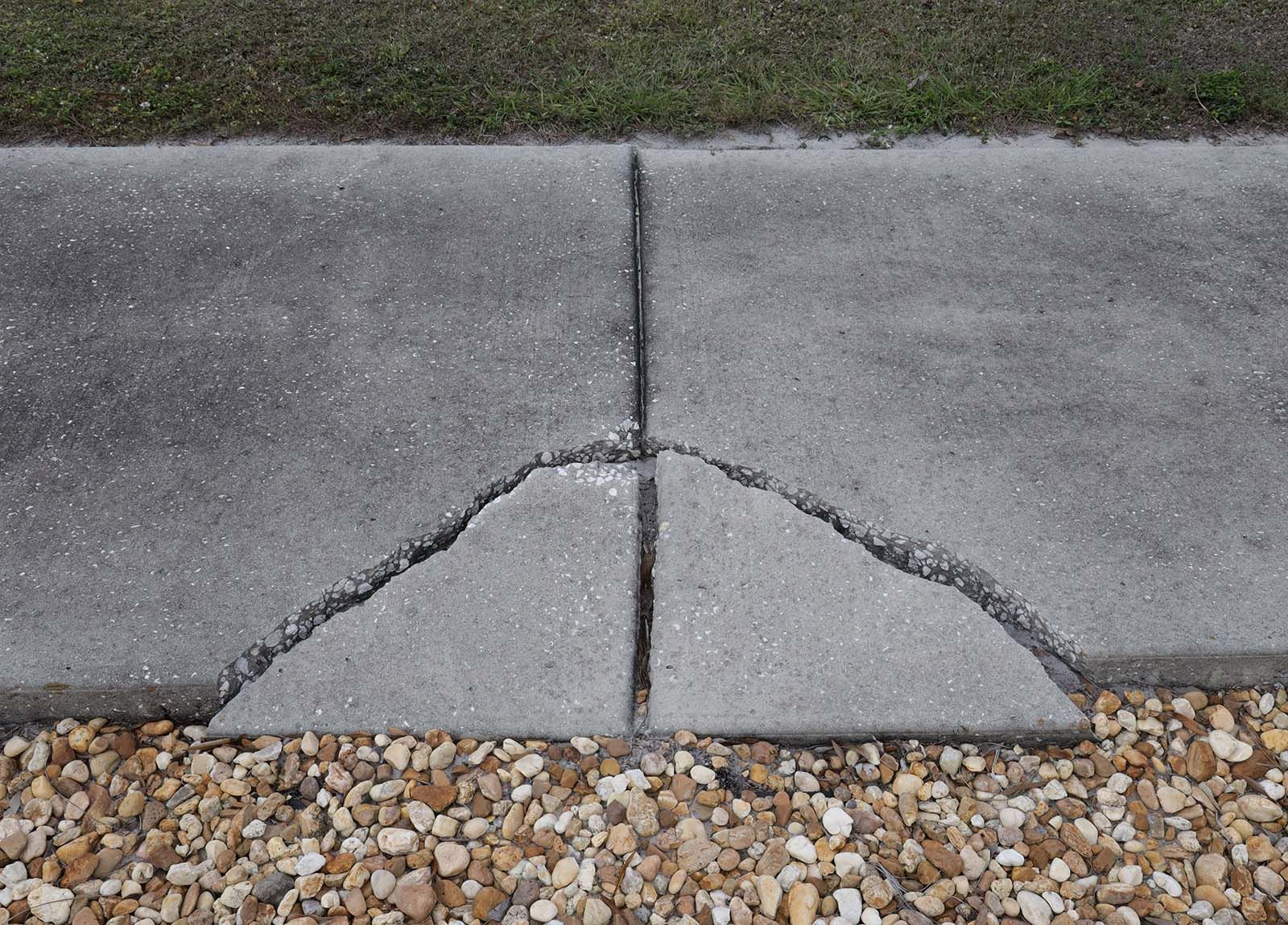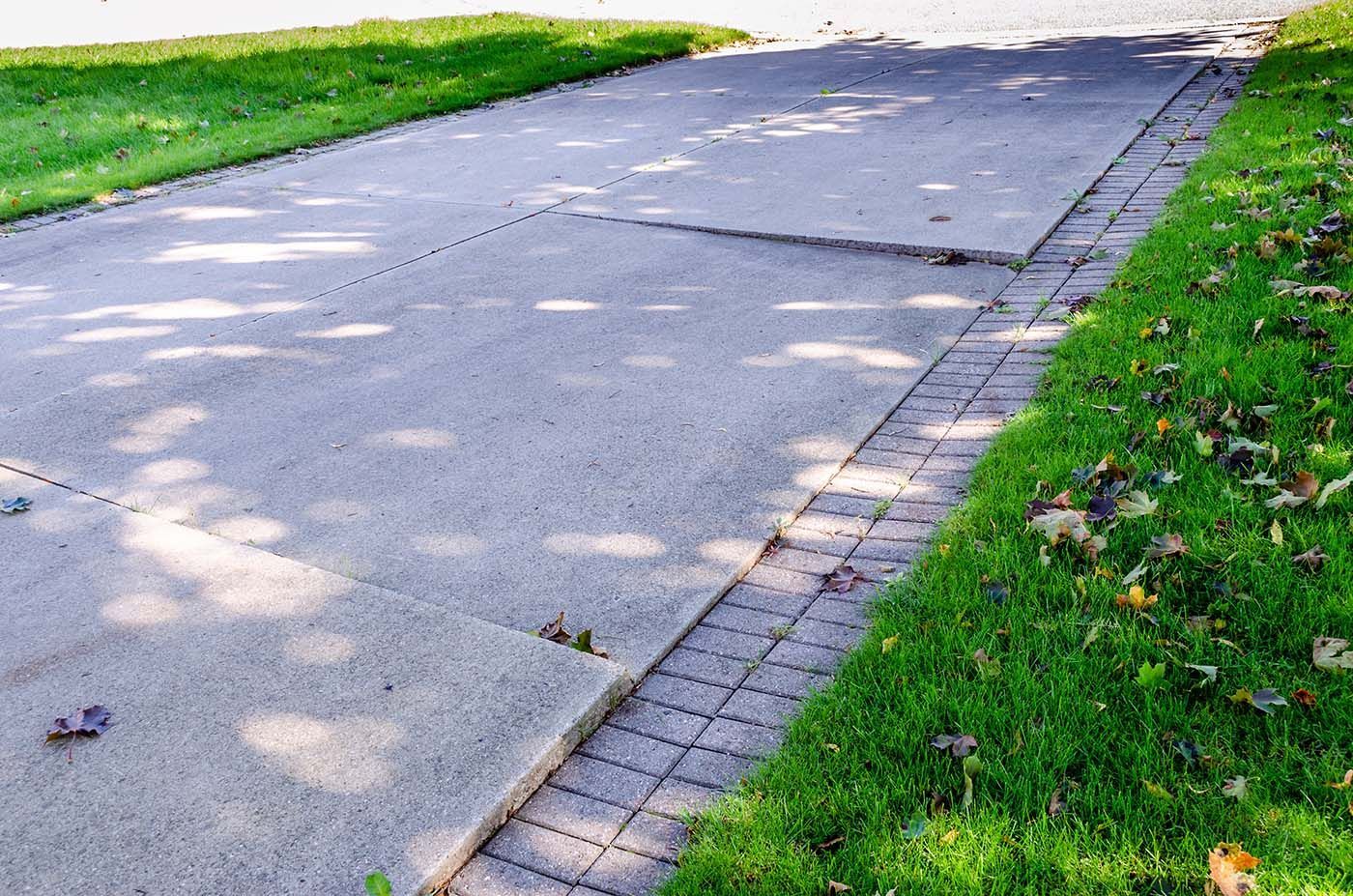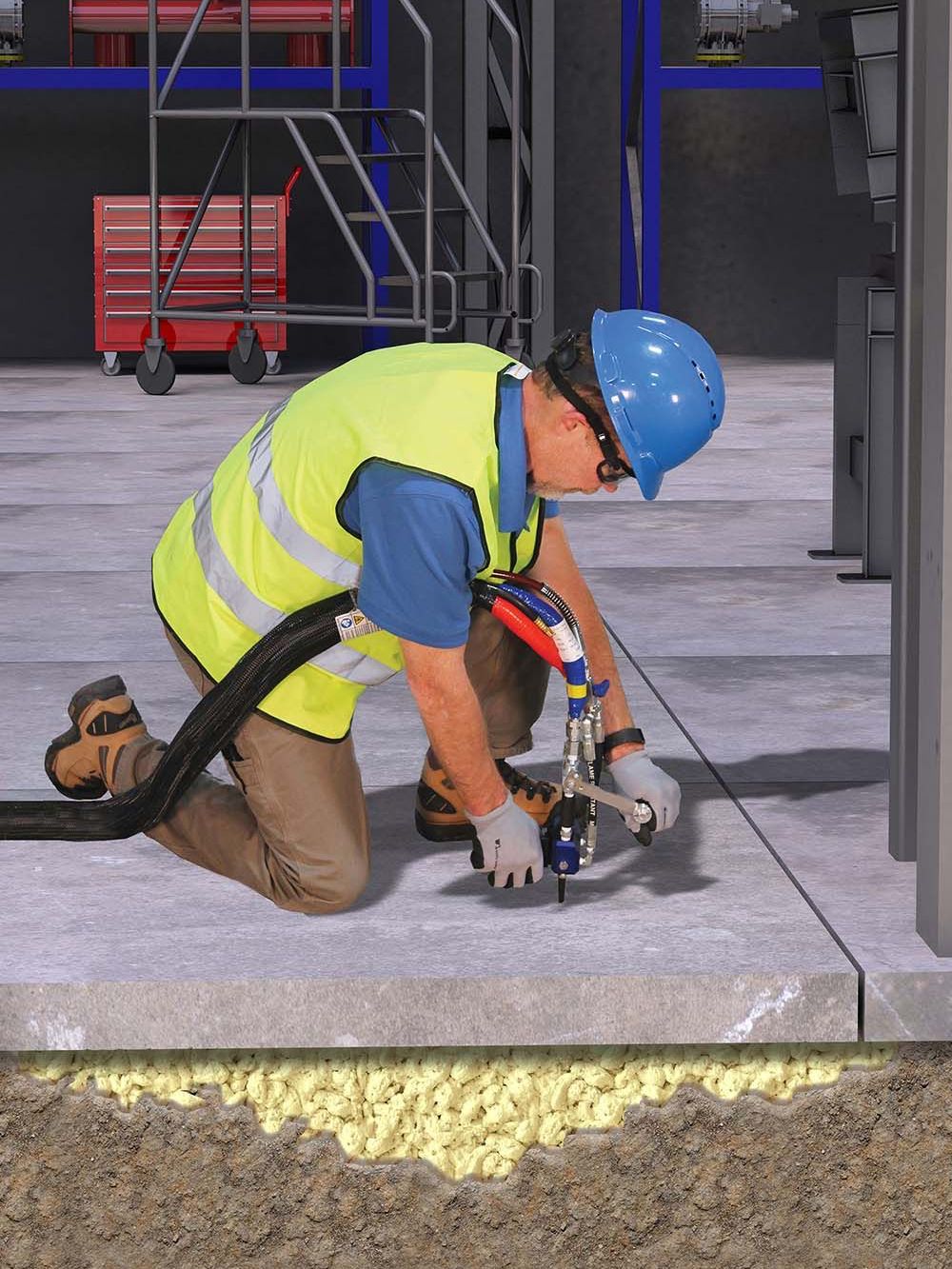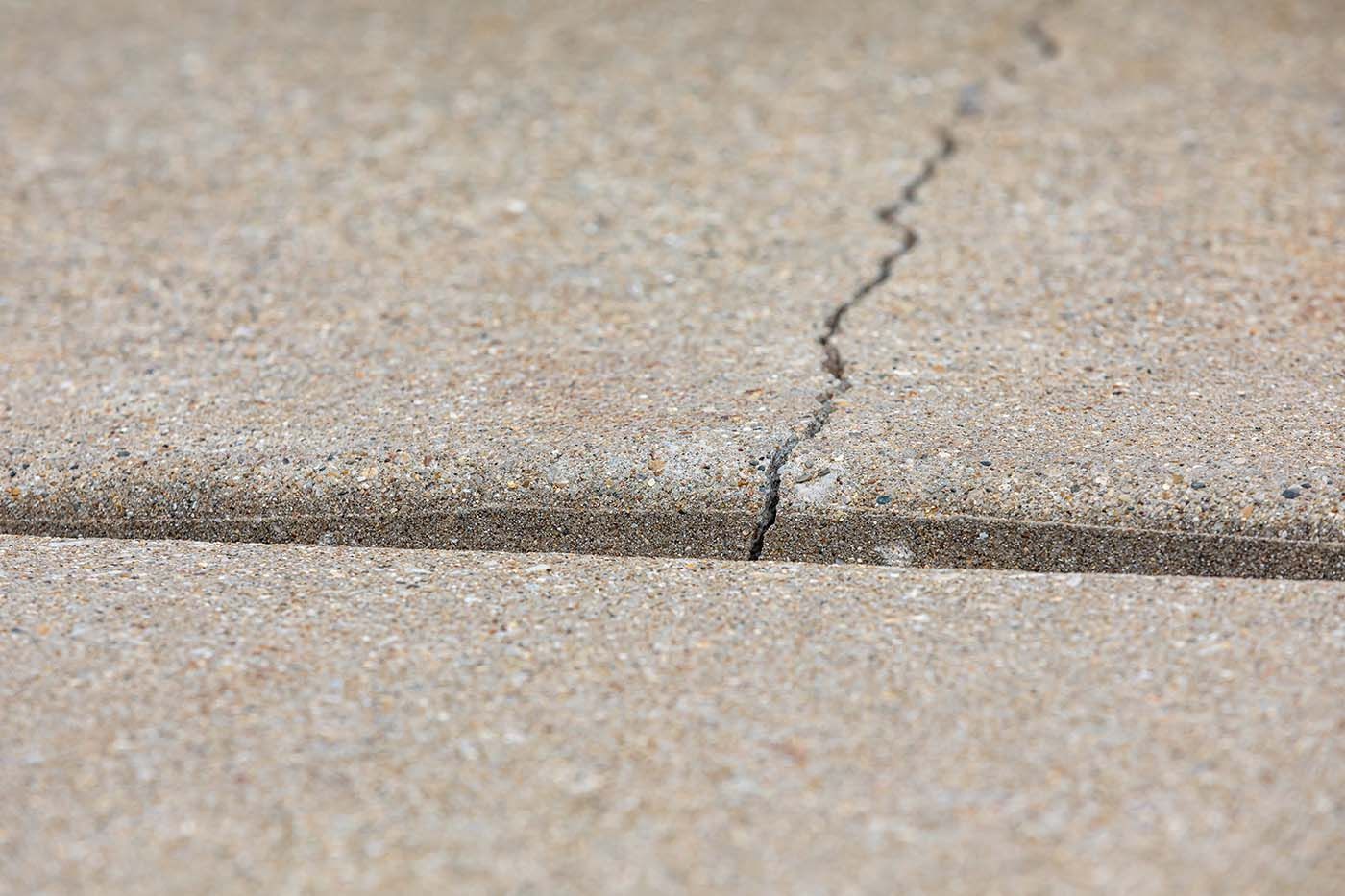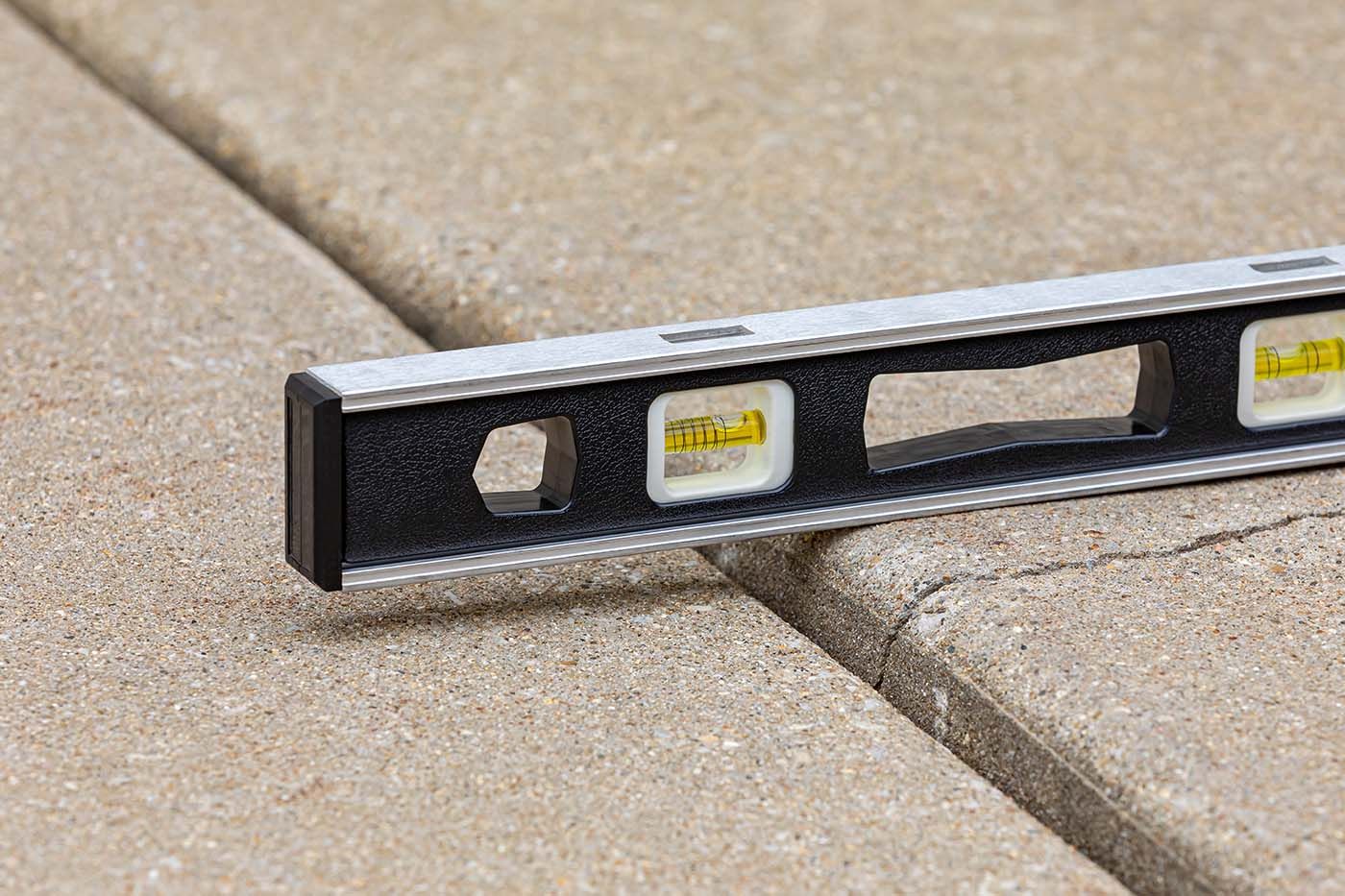Polyurethane foam vs Mudjacking
Request A Free EstimateMaking the Right Choice for Your Concrete Needs
When it comes to restoring the integrity of your concrete surfaces, choosing the right method is crucial. At Metro Concrete Lifting, we specialize in polyurethane foam concrete leveling, serving homeowners and business owners across New Jersey, Westchester, and the Lower Hudson Valley. Understanding the differences between polyurethane foam leveling and traditional mudjacking can help you make an informed decision.
Understanding Polyurethane Foam Concrete Leveling
Polyurethane foam leveling involves injecting a high-density foam beneath the sunken concrete. This foam expands, filling voids and lifting the slab back to its original position. The process is minimally invasive, requiring small, precise holes for injection, and the foam cures rapidly, allowing for quick use of the repaired area.
The Traditional Approach: Mudjacking
Mudjacking, also known as slab jacking, uses a slurry mixture of cement, sand, and water. This mixture is pumped under the settled concrete to raise it. While effective, mudjacking requires larger holes and the material used is heavier, which can further burden unstable soil. Additionally, the curing time is longer, delaying the usability of the leveled surface.
Comparing the Two Methods
Durability and Longevity
Polyurethane foam is lightweight yet strong, reducing the risk of further settlement. It is also water-resistant, preventing erosion and maintaining its form over time. Mudjacking materials, being heavier, can contribute to additional settling and are susceptible to moisture, potentially leading to future issues.
Installation Process
The minimally invasive nature of polyurethane foam leveling means smaller holes and less disruption to your property. The quick curing time allows for the immediate use of the area. Mudjacking involves larger holes and a longer curing period, which can be inconvenient for busy households or commercial spaces.

Cost Considerations
While mudjacking may have a lower upfront cost, the potential for recurring issues and additional repairs can make it more expensive in the long run. Polyurethane foam leveling, with its durability and quick installation, often proves to be a more cost-effective solution over time.
Why Choose Metro Concrete Lifting?
At Metro Concrete Lifting, we are committed to providing efficient, durable, and minimally disruptive concrete leveling solutions. Our expertise in polyurethane foam leveling ensures that your concrete surfaces are restored quickly and effectively, enhancing the safety and aesthetics of your property.
Contact Us Today
If you're experiencing uneven or sunken concrete surfaces, don't wait for the problem to worsen. Contact Metro Concrete Lifting for a free estimate and let our team of professionals provide you with a lasting solution. Serving New Jersey, Westchester, and the Lower Hudson Valley, we're here to help you maintain the integrity of your property.
Choosing the right concrete leveling method is essential for the longevity and safety of your property. Polyurethane foam leveling offers numerous advantages over traditional mudjacking, including durability, quick installation, and minimal disruption.
At Metro Concrete Lifting, we are dedicated to providing top-quality services to the communities in New Jersey, Westchester, and the Lower Hudson Valley. Contact us today to restore your concrete surfaces efficiently and effectively.
FAQs
What is the curing time for polyurethane foam leveling?
The foam cures rapidly, allowing for immediate use of the leveled surface, typically within 15 minutes.
Is polyurethane foam environmentally friendly?
Yes, the foam used is eco-friendly, inert, and does not leach harmful chemicals into the surrounding soil.
Can polyurethane foam leveling be used for large slabs?
Absolutely, the lightweight and expansive properties of the foam make it ideal for lifting larger slabs.
How does weather affect polyurethane foam leveling?
The foam is moisture-resistant and can be effectively used in various weather conditions without compromising its integrity.
Will there be a noticeable difference after the repair?
The process requires small, unobtrusive holes for injection, which are patched after completion, leaving minimal visible evidence of the repair.
